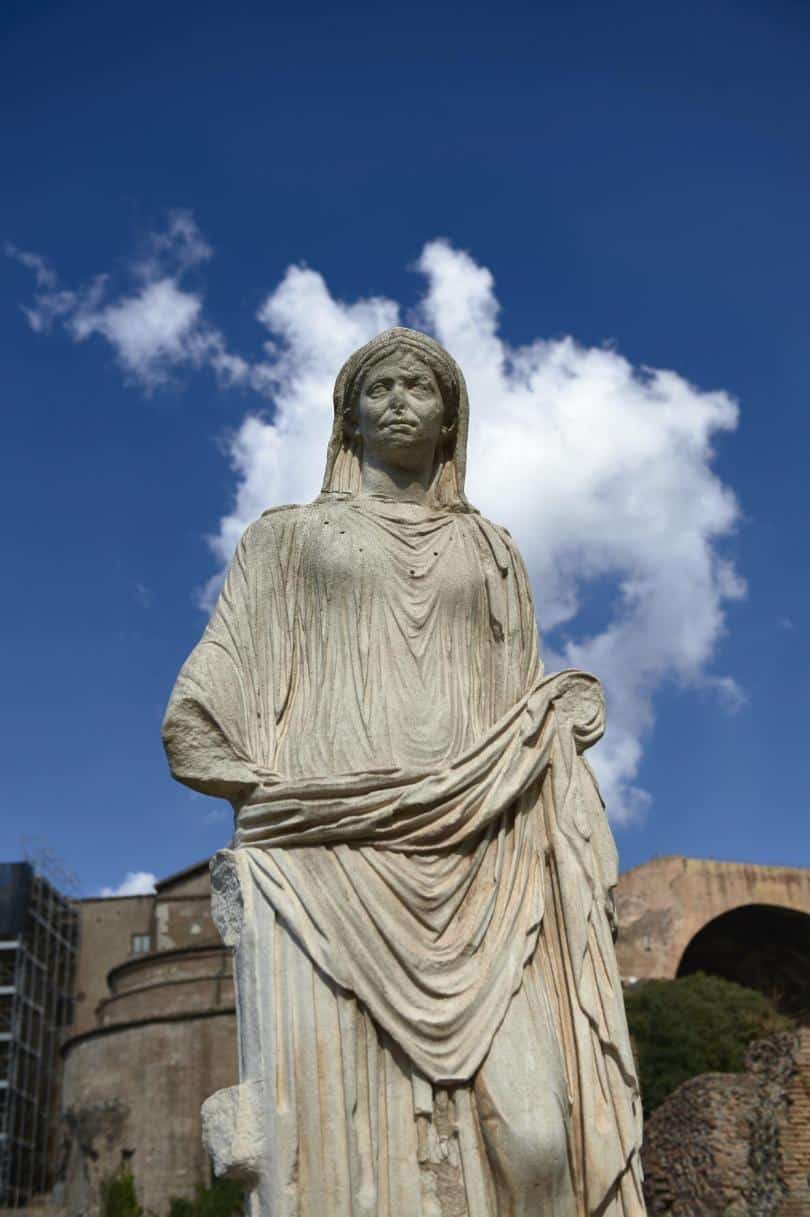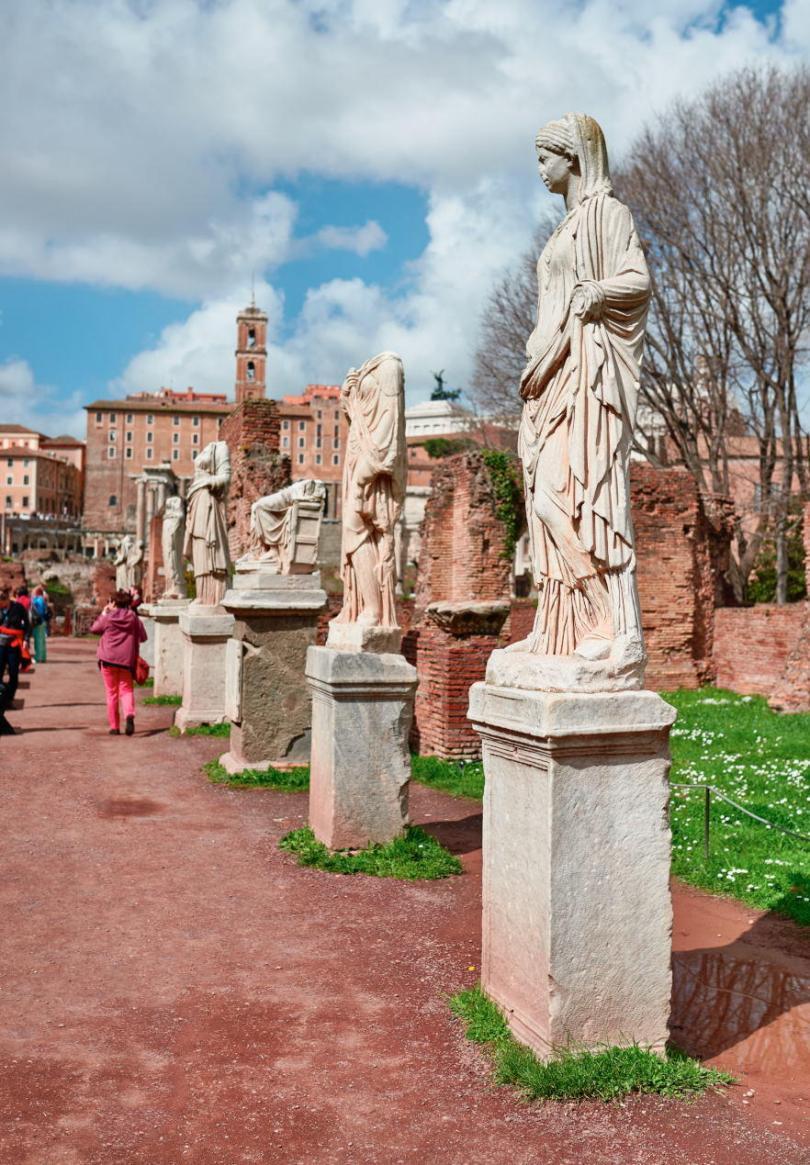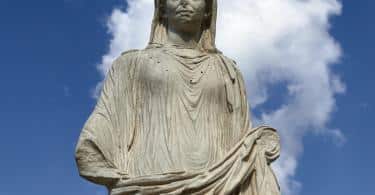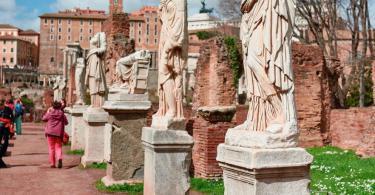The House of Vestals (the only female priesthood in Ancient Rome), on the south side of the Via Sacra, was a complex including the Temple of Vesta and the home where the vestal virgins lived. As priestesses of the cult of Vesta, they were the custodians of the spiritual hearth and were charged with carrying out the numerous rites included. The only womanly body of priests in Rome, the 6 vestal virgins were picked amongst the kids of patrician family in between 6 and 10 years old. They were needed to remain in the order for thirty years, appreciating a vow of chastity.
Many a monastic convent in the present-day would find its exact prototype in the House of Vestals, within whose circular temple burned the undying flame, symbol of the domestic hearth and of the family. The house was completely self-contained. Within it can be seen the oven, the mill, the baths, the kitchen and dining room, and the small lararium (the little shrine in honour of the Lares, the divinities of the family).
Vestal Virgins who broke this vow were buried alive in a below ground chamber outside the Porta Collina, in a location appropriately called “Campo Scellerato” (field of iniquity) while their accomplice was condemned to death by flogging in the Comitium.
Others, however, by their chastity and moral example won honorary statues, with inscriptions carved on the base recording their merits. We know some of the most honoured names, the most distinguished of the many recorded being that of Flavia Publicia, in A.D. 247. All of them had reached the position of Chief Vestal.

The Vestal Virgins, In fact the image depicts the temple of Isis in Pompeii, art by Louis Hector Leroux.
On the other hand they took pleasure in important benefits: they were deducted from adult authority and the patria potesras passed to the Pontefix Maximus, they might take a trip in the city in a wagon (which was prohibited to females), they had actually scheduled seats at the spectacles and ceremonies and might do as they finest saw fit with a sort of stipend they got from the State.

Central courtyard of the House of Vestals at the Palatine Hill, used to accommodate the priestesses who tended the sacred flame in the Temple of Vesta.
The institution of the vestal virgins is older and typically dates to king Numa Pompilius.
The remains of the House of Vestals are still noticeable about a meter below the level of today structure. Of republican date, it is a much smaller sized structure and, unlike the later one, is oriented north-south. It was joined to the Temple of Vesta by a yard, to the south which was a complex of 6 spaces (keep in mind that there were 6 vestal virgins). Part of the mosaic pavement with inserts of irregular marble tiles (lithostroton) is still undamaged.
After the burning of Rome in A.D. 64 the House of Vestals was reconstructed by Nero. Trajan totally renovated it and later on Septimius Severus brought back the whole complex, consisting of the temple.
Statues of the chief Vestals stood in the porticoes of the courtyard; some of the sculptures and their plinths are still in existence today. The House of Vestals continued in existence until the emperor Theodosius officially banned heathen worship in A.D. 391; after that time it was used by imperial and then later by papal civil servants.
Walk from Colosseum
House of Vestals set in Roman Forum, 0,55 km from (7 min walk) from Colosseum.













Leave a Comment